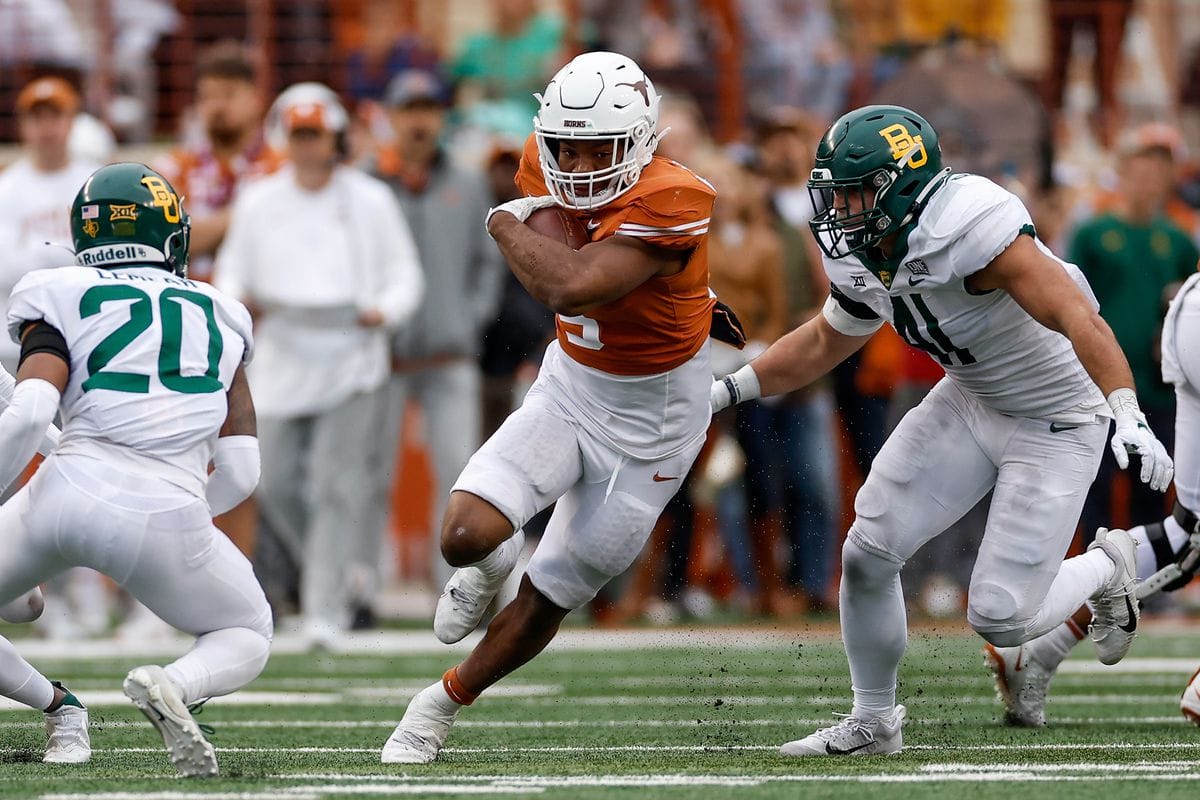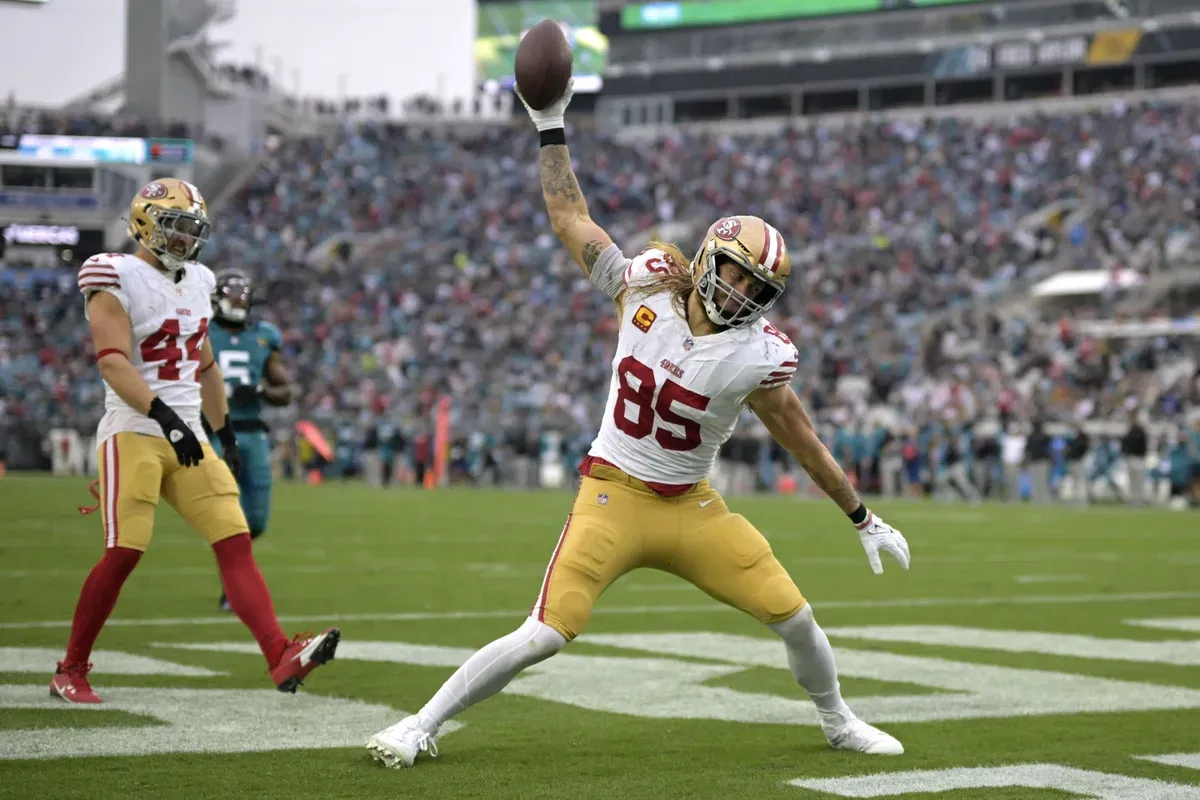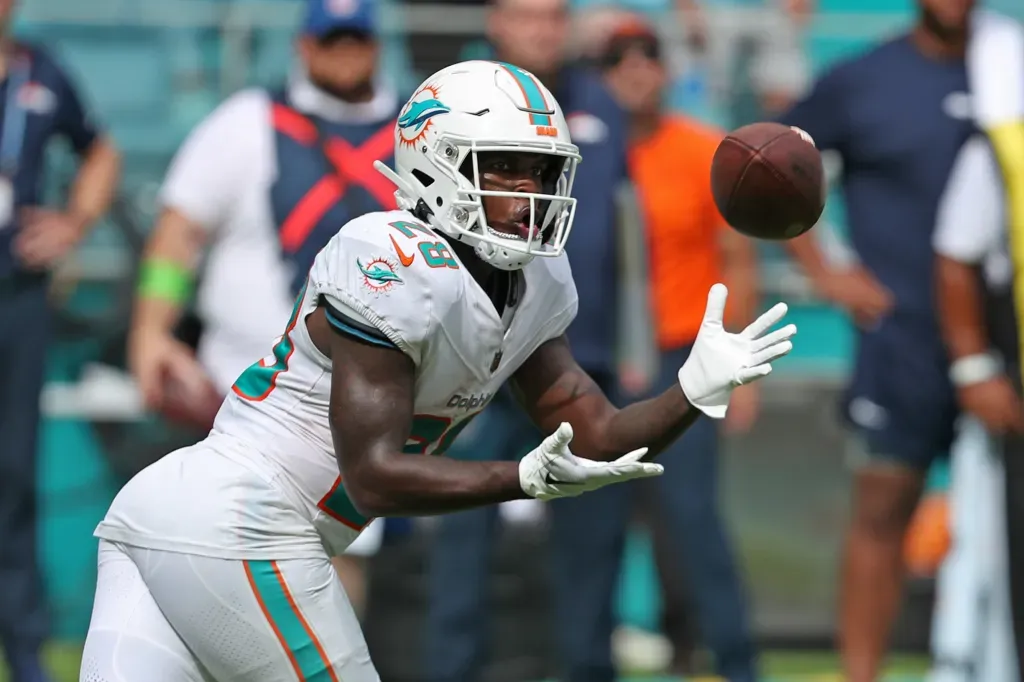
Bijan Is the Best RB Prospect Since Saquon—Rookie RBs Tiers 1-3
Class Overview
The 2023 running back class is top-heavy... but it's also deep. As I lay out in detail below, Bijan Robinson is arguably the best running back prospect since at least Saquon Barkley. He will be the consensus 1.01 in 1QB rookie drafts and likely the 1.01 in Superflex drafts as well, and it's justified.
Behind Robinson, Jahmyr Gibbs forms his own tier. Gibbs isn't a perfect prospect, but he has adequate size when considering his elite receiving profile. His upside as a PPR fantasy back is very exciting.
Behind Gibbs, I have Zach Charbonnet in his own tier. This is what I mean about the class being top-heavy. There are just three prospects who I currently view as worthy of 1st-round rookie picks.
However, I don't view this as a weak RB class. In fact, the 2023 class has the potential to reshape NFL backfields for the next several years. Because while only three running backs have what I consider to be strong prospect profiles, there are a lot of boom/bust 2nd-round rookie pick types in this class. It's going to be tricky to nail down exactly which 2023 rookie RBs will go on to be successful, but I would bet on more than three RBs in this class to break through as productive fantasy contributors.
Tier 1 - Backfield Dominator
Bijan Robinson
At a Glance
Robinson was highly productive at Texas, displaying off-the-charts tackle-breaking ability. His breakaway ability and receiving skill both look above average, and at 5-foot-11, 215, he has both the frame and skill set to operate as an every-down workhorse. Robinson will play his entire rookie season at 21 years old, and it's rare to get a prospect of his quality.
Positive Indicators
Robinson is a tackle-breaking machine. Robinson ranks second in PFF's elusive rating among RBs with 200+ career carries. And the only RB who rates higher... is another back in this class. That means elusive rating stars like Javonte Williams, Travis Etienne, and Kenneth Walker all rate lower than Robinson in the tackle-shedding metric.
Tackle-breaking and yards after contact are awesome, but volume drives fantasy scoring at the RB position. We want backs who can handle huge workloads while making defenders look silly. That is Robinson's specialty. Robinson has the highest score in elusiveness per game of any FBS running back in my database. Success in this metric has been predictive of NFL success. Jonathan Taylor ranks second all-time, with James Robinson third and Kareem Hunt fourth. Bijan Robinson is a sure bet to make a lot of NFL defenders miss.
But Robinson isn't just a power runner who bounces off defenders for chunk gains. He delivers explosive plays. Per PFF, Robinson has a solid career breakaway percentage of 43%, ranking in the 57th percentile among drafted RBs. And Robinson's ability to handle large workloads is helpful here as well. He ranks 87th percentile in breakaway yards per game, just behind Nick Chubb and ahead of Etienne, Rashaad Penny, Joe Mixon, J.K. Dobbins, Walker, and Derrick Henry. Robinson doesn't have elite speed, but he's shown some serious explosion at the college level.
Robinson's ability to handle a lot of touches wasn't restricted to the running game. He averaged 1.9 receptions per game and was heavily involved as a route runner, averaging 17.5 routes. This is almost exactly what Dalvin Cook (17.4) averaged at Florida State. With a career YPRR of 1.48, Robinson was also an efficient receiver.
Robinson shouldn't be expected to be an elite receiving threat in the NFL, but he should be an above-average receiving weapon out of the backfield. With his high-end rushing ability, he offers a similar package to Barkley (1.66 YPRR), Taylor (1.66), Leonard Fournette (1.62), or Cook (1.38). Like those backs, Robinson is unlikely to be an Alvin Kamara-level receiving weapon, but he should be capable enough to where there's no logical reason to take him off the field other than to keep him fresh.
Red Flags
Robinson looks like a good receiver, but he might not be a difference-making one. This could lead to some frustrating deployment. Travis Etienne is a potential example of a downside scenario. Etienne posted a career 1.66 YPRR at Clemson but only averaged 2.1 receptions per game last season. If Robinson lands in an offense that doesn't use RBs a ton in the passing game, his receiving ability might not be strong enough to shift the playcalling.
And while Robinson is an outstanding athlete, he doesn't quite have elite speed with a 4.46 40. He also skipped the agility drills. With that in mind, it's possible Robinson could be a bit more of a chunk-play runner in the NFL than he was at Texas.
Fournette would be a potential comp in that regard. "Uncle Lenny" also had a 43% career breakaway percentage and was even stronger than Robinson in breakaway yards per game. But Fournette turned out to be more of an accumulator at the NFL level.
However, Robinson was faster than Fournette at the Combine and showed much more explosion in the vertical. He also weighs 25 pounds less, which will presumably help his long speed translate.

Also... Fournette averaged 17.7 PPR points as a rookie and was at 15+ for each of his first three seasons after being drafted fourth overall. So using him as a downside comp is a stretch.
But that's my point. It's hard to poke holes in Robinson's profile. With sky-high expectations, it's possible that Robinson doesn't fully live up to the hype. But he has a profile where he could disappoint and still turn in a low-end RB1 season.
Statistical Comps
- Dalvin Cook
- Saquon Barkley
- Breece Hall
- Travis Etienne
After weighing in a little lighter than expected at the Combine, Robinson looks very similar to Dalvin Cook as a prospect. Both backs were above-average receivers with high-end elusiveness and breakaway ability. Cook's profile was tilted more toward big plays with Bijan's profile tilted more toward tackle-breaking. And Robinson also profiles as a stronger prospect overall.
Breece Hall's profile isn't as similar to Cook's, but he's not far off. The biggest difference is that Hall was significantly less efficient as a receiver. Hall wasn't bad at Iowa State, but with a career 0.98 YPRR, he looked like a prospect who could go either way as a receiver. It looks like Hall will be a hit in the receiving game after an impressive rookie year, but Robinson's profile looks like a little more of a sure thing entering the league.
Travis Etienne wasn't as involved as a route runner as Robinson, but he shows up in part due to similar receiving efficiency. Etienne's 2022 makes that a very minor red flag, as discussed above.
Robinson's fourth-closest comp is Saquon Barkley. One thing keeping them from being more similar is that Barkley wasn't elusive enough per game. Barkley was also significantly heavier than Robinson, weighing 233 pounds to Robinson's 215. Still, Bijan should be big enough to operate as an NFL workhorse and shares a strong receiving profile with Barkley. Both are also elite prospects. Barkley and Robinson are two of the three highest-rated RBs in my model, the third being Jonathan Taylor.
Best Ball Outlook
Robinson is a very pricey bet in early best ball drafts, requiring a pick on the 1/2 turn. But that's not exactly an unprecedented price for a rookie running back. Ezekiel Elliott had an ADP of 11.8 as a rookie and paid off with a 12% win rate. Saquon Barkley had an ADP of 7.9 and an even better 18% win rate. Najee Harris went a bit later on average (21.8), but he was also a hit, with a 16% win rate.
Drafters felt confident in all three backs because they landed in situations where they were likely to operate as clear workhorse backs. However, it's not yet 100% clear that Robinson will have that same opportunity.
If he does land in an ideal situation, Robinson could vault into the top half of the first round of drafts. If not, he's probably a touch overdrafted relative to his future ADP. For example, Jonathan Taylor was a 3rd-round pick after landing in a backfield with Marlon Mack. And despite being an elite prospect and an elite talent, Taylor didn't fully break out until down the stretch of his rookie year.
And as Sam Sherman outlines in this thread, Robinson has only a few "clean" landing spots.
Based on these criteria, 10 of 13 potential landing spots have at least one significant red flag, and only ~2-3 of them seem like truly *clean* landing spots (KC, CIN, arguably MIN)
— Sam Sherman (@Sherman_FFB) March 22, 2023
(note: there is some subjective judgment here)
Sam views Robinson as more of a 2/3 turn type in 77% of his likely draft outcomes.
But even if Robinson ends up looking "overpriced" as an early 2nd-round pick, I am comfortable drafting him there now. First of all, if he does land on the Vikings, who then cut Dalvin Cook, it will create a massive closing-line value win for Robinson drafters at the 1/2 turn. At that point, we could be talking about Robinson going as the 1.06 or higher. Draft value is exponential; the value gained from that outcome is much greater than the value lost if he falls to the 2/3 turn.
Crucially, Robinson is the type of prospect who I expect to quickly surpass his backfield mates in snaps – even if he lands with a talented teammate like Tony Pollard or Rhamondre Stevenson. For best ball tournaments especially, a crowded landing spot isn't something to be overly concerned about. Robinson would still offer elite upside in the fantasy playoffs, with the expectation that he will have fully established himself as the lead back by December. In other words, if Robinson were to fall to the 2/3 turn, I would have him as a priority target. He has a high floor in terms of the target price I'm likely to have for him, so I'm happy to draft him now while there's still a chance he lands in a great situation.
Best Ball Recommendation: Target
Dynasty Rookie Grade
Superflex 1.01. (Saquon Barkley and Jonathan Taylor are the only other running backs in this tier in my model).


